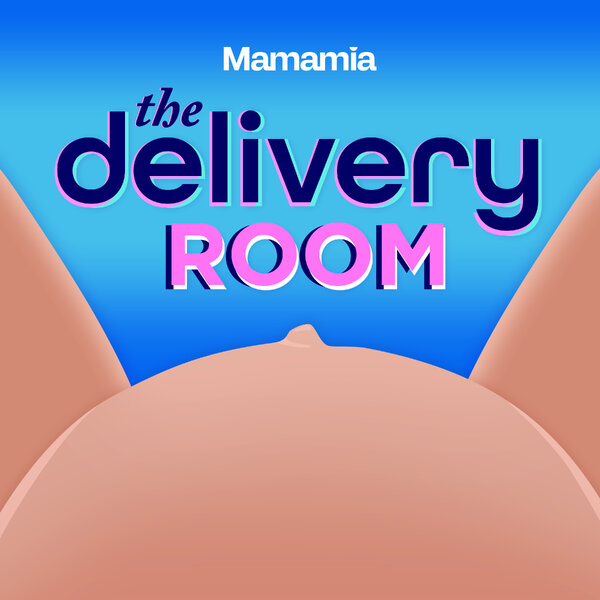Arts educator Rebecca Shanahan takes a behind-the-scenes look at working with children and teachers.
It’s the millionth stinking hot Sydney morning in a row and I’m kind of regretting the decision to ride my bike to the AGNSW where I’m a casual artist educator. It’s a new role for me. After 20-odd years as a practising artist teaching art in the tertiary sector I was made redundant. As both state and federal governments seem determined to eviscerate tertiary art education in NSW (TAFEs may have had all the sexy slash-and-burn exposure so far, but check out the plans for the uni art schools) a move into gallery-based education seemed smart, in more ways than one.
Kids like the ones I’m meeting up with today will be making arts funding decisions when they grow up. If we can encourage them to love art now, the country’s cultural producers might not have to spend so much time e-x-p-l-a-i-n-i-n-g that culture is i-m-p-o-r-t-a-n-t further down the track. Oh, and it’s cool in the gallery. Once I reach that archival air-con blasting out and those pale limestone floors stretch before me, things improve.
Today I’m helping to wrangle 120 primary school kids who’ve come to experience the gallery. It’s all about the experience now. While the no-touch rule still holds and the infrared sensors work overtime, the volume level has long departed ‘gallery hush’ and arrived at, say, ‘airport.’ The kids sound like seagulls bobbing around on the elevators. The elevators are a big hit. Definitely a collection highlight. “Look! The gallery has elevators inside! And they have a painting of the elevators above!” (That would be Frank Stella’s Khurasan Gate variation II, 1970.)
The eternally chilled Louise, the AGNSW’s Open Gallery coordinator, fearlessly takes all 120 kids through a discussion about what art is. (Have you ever seen 120 kids in an art gallery all at once? Thought not.) Twenty-first century kids are all about discourse and they’re totally across pluralism: art can be anything at all. “You just spill it out of yourself! You spill it right out!” In another group, a boy shoots up his hand to answer the question of what art is. “It’s an easy way to make some quick money.” The artists in the room flicker their eyelashes at each other ironically and wonder where the kid got his intel.

